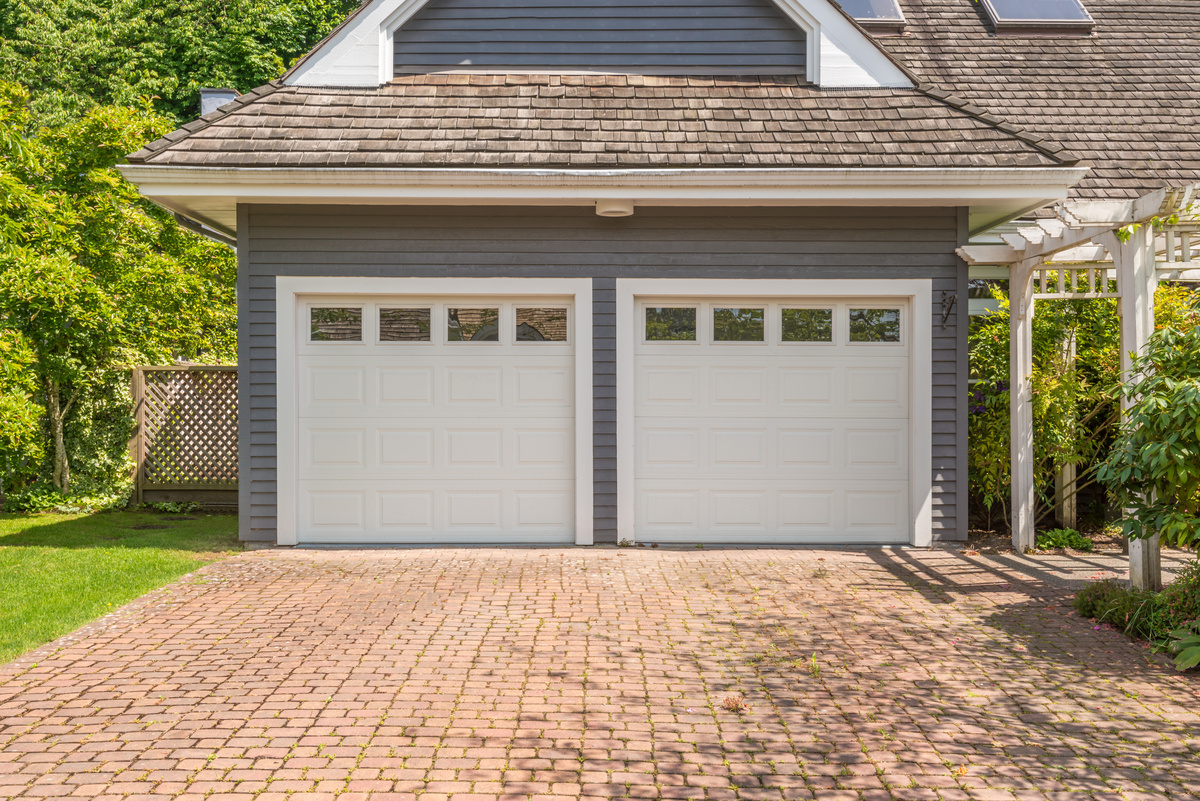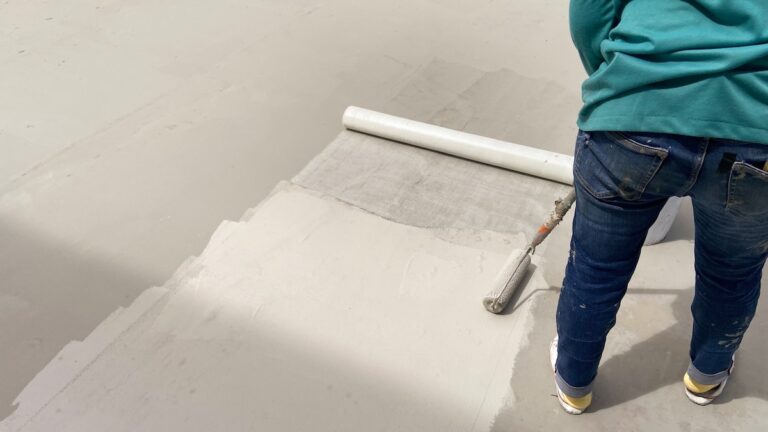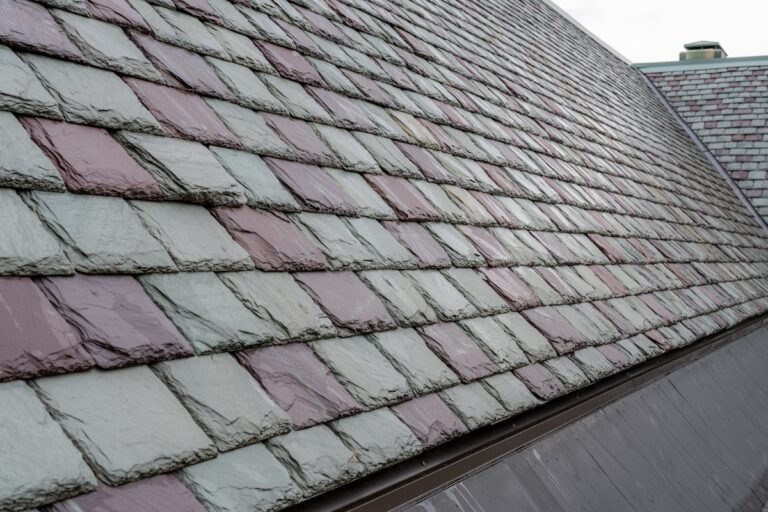A garage roof is often overlooked until it starts to show signs of wear and tear or sudden damage. Whether it’s due to weathering or unexpected incidents, a damaged garage roof can lead to a host of issues for homeowners.
In this guide, we’ll walk you through everything you need to know about garage roof repair, covering:
- Recognizing signs of trouble
- Understanding repair costs
- When it’s time for a replacement
Signs That Your Garage Roof Needs Repair
Below, we’ve outlined some of the most common signs that indicate your garage roof requires attention:
- Water Leaks: Damp spots or water stains on the garage ceiling suggest leaks in the roof, which need to be addressed promptly to prevent further damage.
- Sagging or Drooping: A sagging or drooping garage roof indicates structural issues that require immediate repair to maintain the integrity of the building.
- Missing or Damaged Shingles: Missing, cracked, or curling shingles can leave your roof vulnerable to leaks and water damage, necessitating repairs or replacement.
- Visible Damage: Signs of physical damage such as cracks, holes, or rotting wood should be addressed promptly to prevent further deterioration.
- Increased Energy Bills: Poor insulation or ventilation in the garage can lead to higher energy bills, indicating the need for roof repairs or upgrades.
Common Garage Roof Issues
Garage roofs can face various issues over time. Here are some common problems homeowners encounter:
- Leaky Roof: Roof leaks can occur due to damaged shingles, deteriorating flashing, or inadequate sealing around vents and chimneys.
- Structural Damage: Structural issues such as sagging or rotting wood can compromise the stability and safety of the garage roof.
- Missing or Damaged Flashing: Flashing around roof penetrations and edges helps prevent water intrusion but can deteriorate over time, leading to leaks.
- Poor Ventilation: Inadequate ventilation in the garage can result in moisture buildup, leading to mold growth and roof damage.
- Aging Materials: Over time, roofing materials may degrade due to exposure to the elements, requiring repairs or replacement to maintain the roof’s integrity.
How to Repair a Garage Roof in 6 Steps
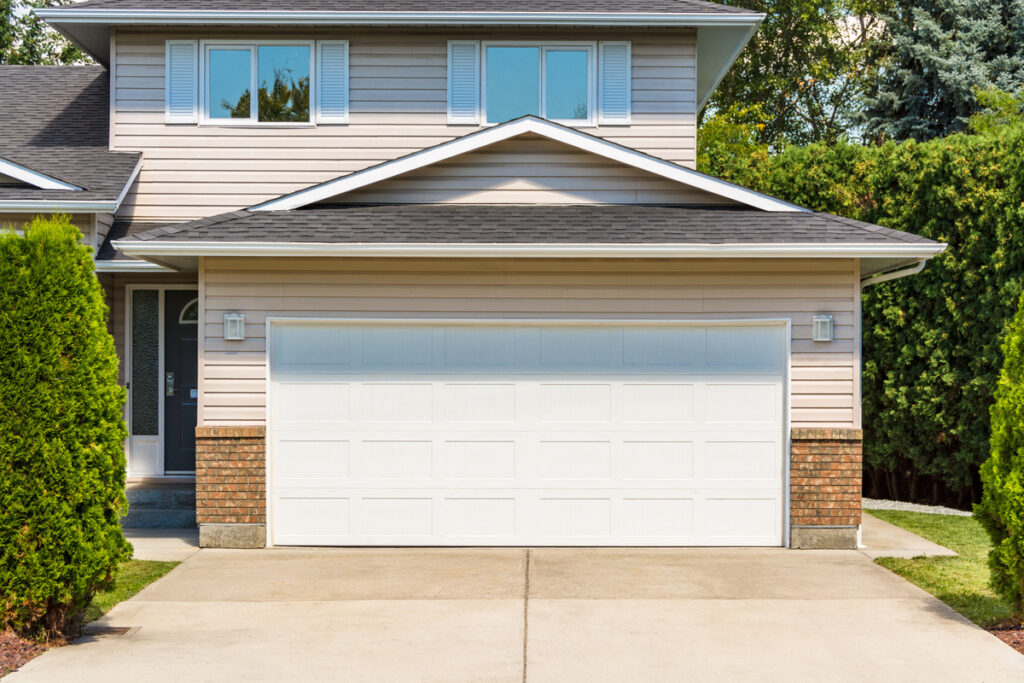
While minor repairs such as patching small leaks or replacing individual shingles can be DIY projects, more extensive repairs or replacements should be handled by professionals. Here’s an overview of the steps involved in repairing a garage roof:
1) Inspection:
Begin by thoroughly inspecting the roof for signs of damage or deterioration.
2) Safety Precautions:
Prioritize safety by using appropriate safety gear and ensuring stable footing on the roof.
3) Gather Materials:
Depending on the type of repair needed, gather the necessary materials and tools, such as shingles, roofing nails, flashing, and sealant.
4) Repair or Replace:
Address damaged areas by repairing or replacing shingles, flashing, or other components as needed.
5) Seal and Waterproof:
Apply sealant or waterproofing material to areas prone to leaks or water intrusion.
6) Inspect and Maintain:
Regularly inspect the garage roof for signs of damage and perform maintenance as needed to prolong its lifespan.
Why You Should Hire a Professional
While DIY repairs may seem cost-effective, hiring a professional roofing contractor offers several advantages:
- Expertise: Professional roofers have the knowledge and experience to accurately diagnose issues and perform repairs or replacements efficiently.
- Safety: Roofing work can be dangerous, and professionals are trained to work safely at heights and navigate potential hazards.
- Quality Workmanship: Professional roofers use high-quality materials and adhere to industry best practices, ensuring long-lasting results.
- Warranty Coverage: Many roofing companies offer warranties on their workmanship and materials, providing added peace of mind for homeowners.
- Time and Convenience: Hiring professionals saves you time and effort, allowing you to focus on other priorities while your garage roof is repaired or replaced.
The Cost of Garage Roof Repair
The cost of repairing a garage roof varies depending on factors such as the extent of damage, materials used, and labor involved. Here’s a breakdown of potential expenses:
- Materials: Costs for materials such as shingles, flashing, sealant, and underlayment.
- Labor: Professional roofing contractors typically charge for labor based on the complexity of the repair and the time required to complete the job.
- Additional Services: Optional services such as roof inspections, maintenance, or upgrades may incur additional costs.
When to Replace Your Garage Roof
While repairs can address many issues, there are situations where roof replacement may be necessary:
Extensive Damage:
If the garage roof has sustained significant damage or deterioration, replacement may be more cost-effective than repairs.
Aging Roof:
As roofs age, they become more prone to leaks, damage, and structural issues, necessitating replacement to ensure long-term durability.
Energy Efficiency:
Upgrading to a new, energy-efficient roof can improve insulation and reduce heating and cooling costs over time.
Enhanced Aesthetics:
A new roof can enhance the curb appeal and value of your home, making it a worthwhile investment for homeowners.
Help for Your Home Exterior
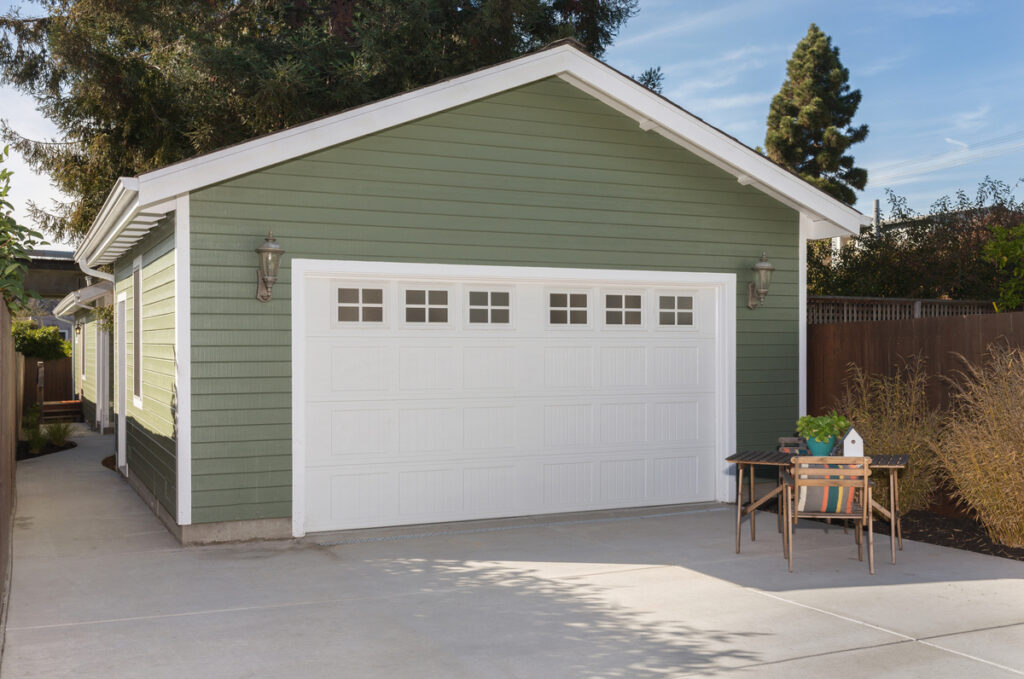
Maintaining a sturdy and weatherproof garage roof is essential for protecting your home and belongings. By recognizing the signs of roof damage, understanding common issues, and knowing when to repair or replace your garage roof, you can ensure the long-term integrity and functionality of your property.
While DIY repairs may be suitable for minor issues, complex problems and installations are best left to experienced professionals who can deliver efficient, safe, and reliable solutions. Invest in the maintenance and care of your garage door with Johnson Restoration today!
